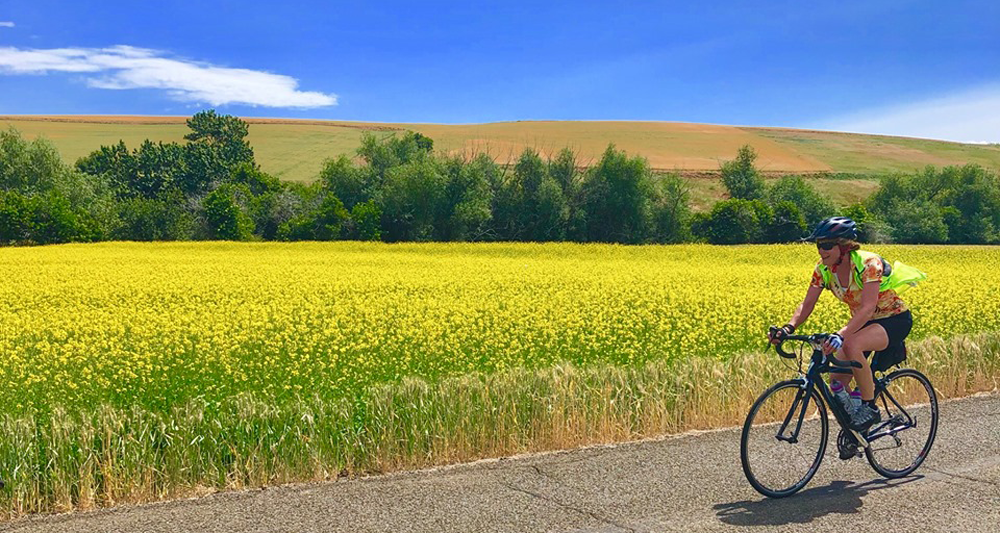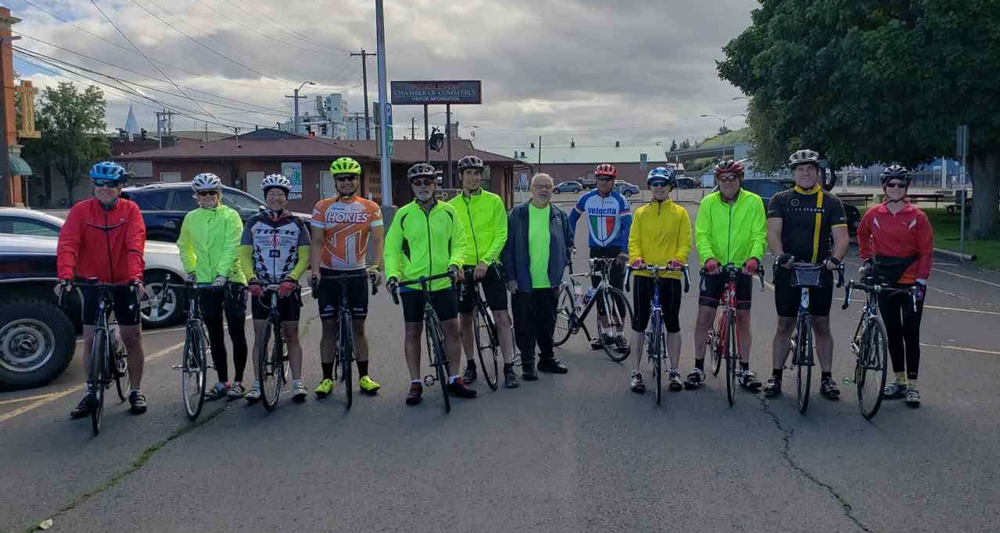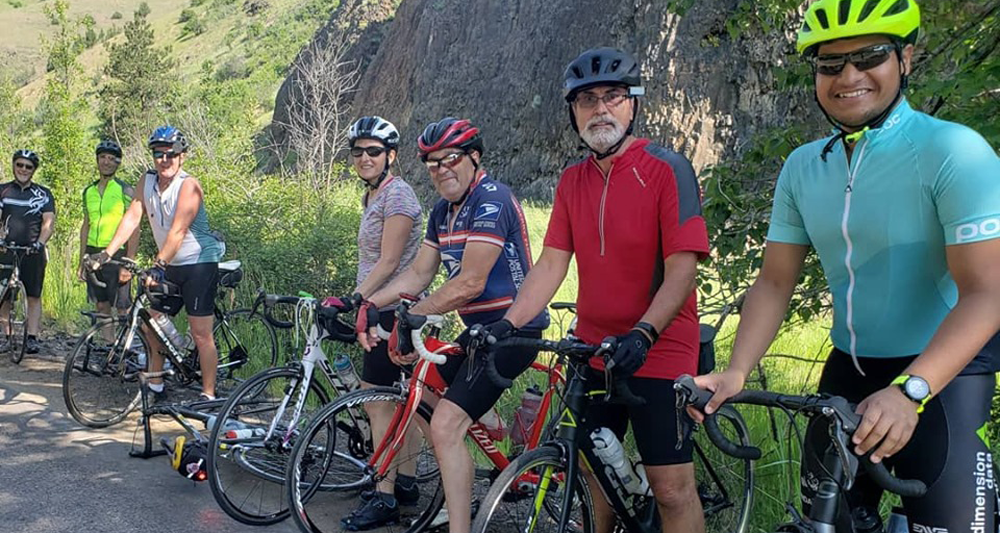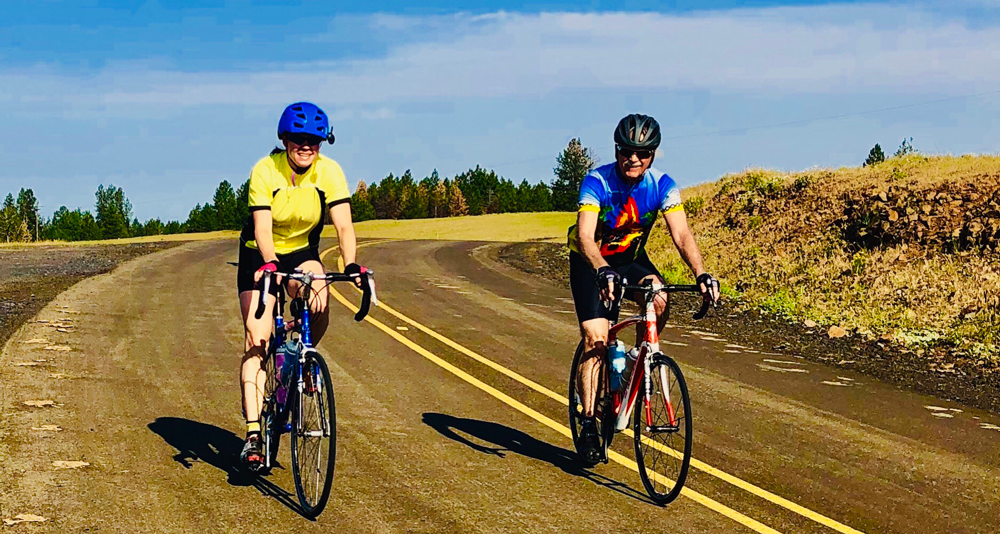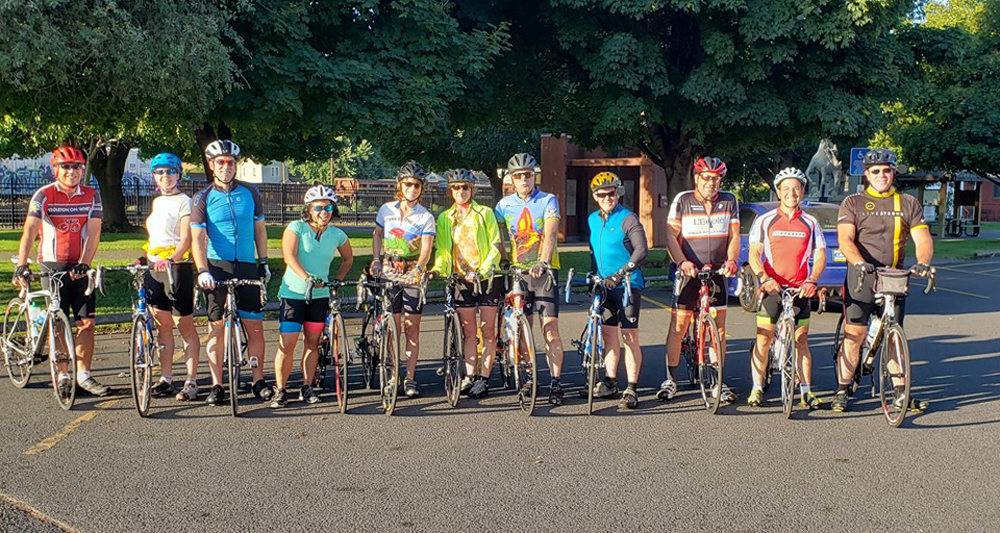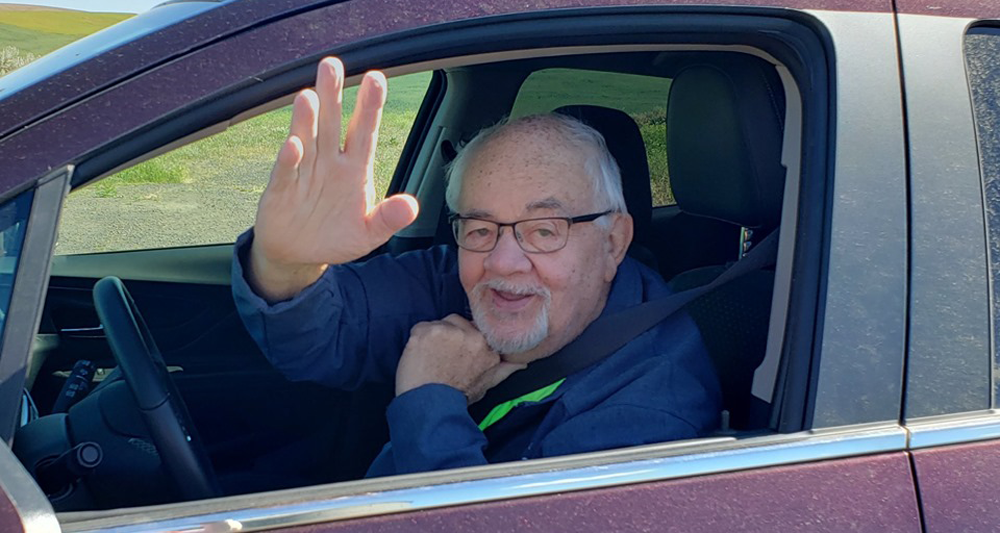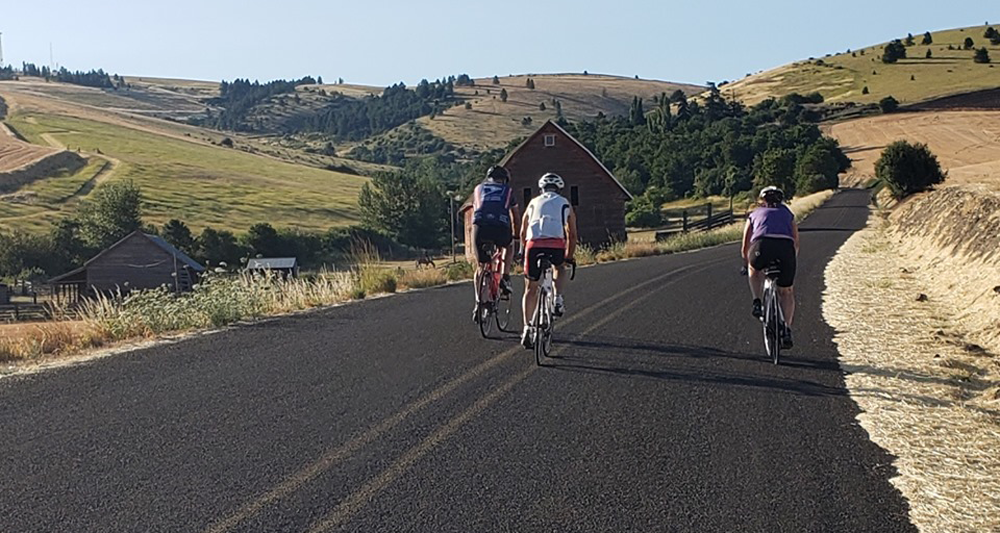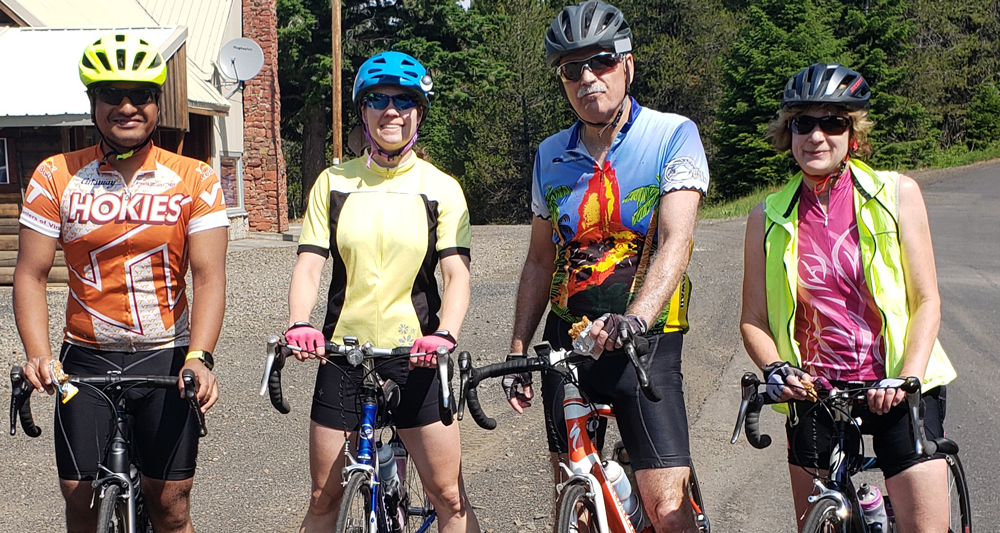Before heading out for a ride, take a few minutes to determine if your bike is ready to go so you can enjoy your ride and make it back safely.
Nutritional Guide
Hydration Guide
Carbohydrates Guide
Bicycle Safety:
Before each ride, think ABC.
A = Air Is there enough air in my tires? Fill your tube with the pressure noted on the sidewall of your tire. Slowly spin the tire and make sure the tire is not worn out.
B = Brakes
• Brakes Pads Check your brake pads. If there is less than 1/8” left on the brake pads, you should have them replaced. Check alignment of the brake pad with the rim of the tire – the brake pads should squeeze the rim only, not the rubber part of the tire.
• Brake Levers Are my brake levers working properly? When you squeeze your brakes, do the brake levers snap back when you release your brakes? If not, they probably need lubrication or adjustment. Also, make sure the brake levers don’t hit the handlebars when squeezed.
C = Cranks, chain and cogs Wiggle the pedal crank arms side to side. There shouldn’t be any movement. Spin the pedals and cranks to see if the chain drives the rear wheel. The chain should look like metal not rust or black gunk. If the bike has gears, check to make sure the gear levers and derailleurs (gear-changing mechanism) work to shift the chain between gears.
Quick Release If your bike has quick releases on the wheels or seat post, make
sure they are tight and closed properly.
Riding Safety:
Helmets are required at all times while on a bicycle.
Obey all traffic signs and signals.
Ride with the flow of traffic. Ride single file when a car or truck is behind you.
Ride no more than two abreast. Do not be a road hog. Yield to riders passing you.
When passing another rider, call out, “On Your Left,” or “Good Morning.” Never pass on the right.
Ride as far to the right as practicable, except when making a left turn or when going straight at a turn right only lane.
Maintain enough space. Leave enough room in front of you to avoid other riders, vehicles or hazards.
Ride outside the “door zone,” which is a little more than arm’s length from you to a parked car.
Call out “Car Back” to riders in front of you.
Call out “Slowing,” “Stopping,” or “Turning” to riders immediately behind you.
Use hand signals when turning.
Point to road hazards and/or call out to riders behind you, “Gravel, “Hole,” or “Tracks.”
Always ride defensively. Always be aware of other riders, vehicles and pedestrians. Never assume what they are going to do. Make eye contact with drivers at intersections.
Do not ride before daylight or after dusk unless you have proper lights on your bike.
If you stop for any reason, get completely off the road.
Never wear ear buds or use a cell phone while riding.
the Oregon Bicycle and Pedestrian Manual
Visit SiteTips for Drivers:
Bicycles in the roadway are considered vehicles and may actually use as much of the lane as needed for safety.
When passing a cyclist, always give 3 feet of passing space between your vehicle and the cyclist.
After passing a cyclist on your right, scan over your shoulder before you merge back in.
Look twice for bikes when opening your car door.
It’s difficult to assess a cyclist’s speed. Be careful when turning or passing.
Bicycles and pedestrians in a crosswalk have the right of way.
When turning left at an intersection, yield to an oncoming cyclist as you would another car.
Pay attention and slow down when driving through neighborhoods. Be aware of children riding bikes.
Do not text or look at your phone while driving.

